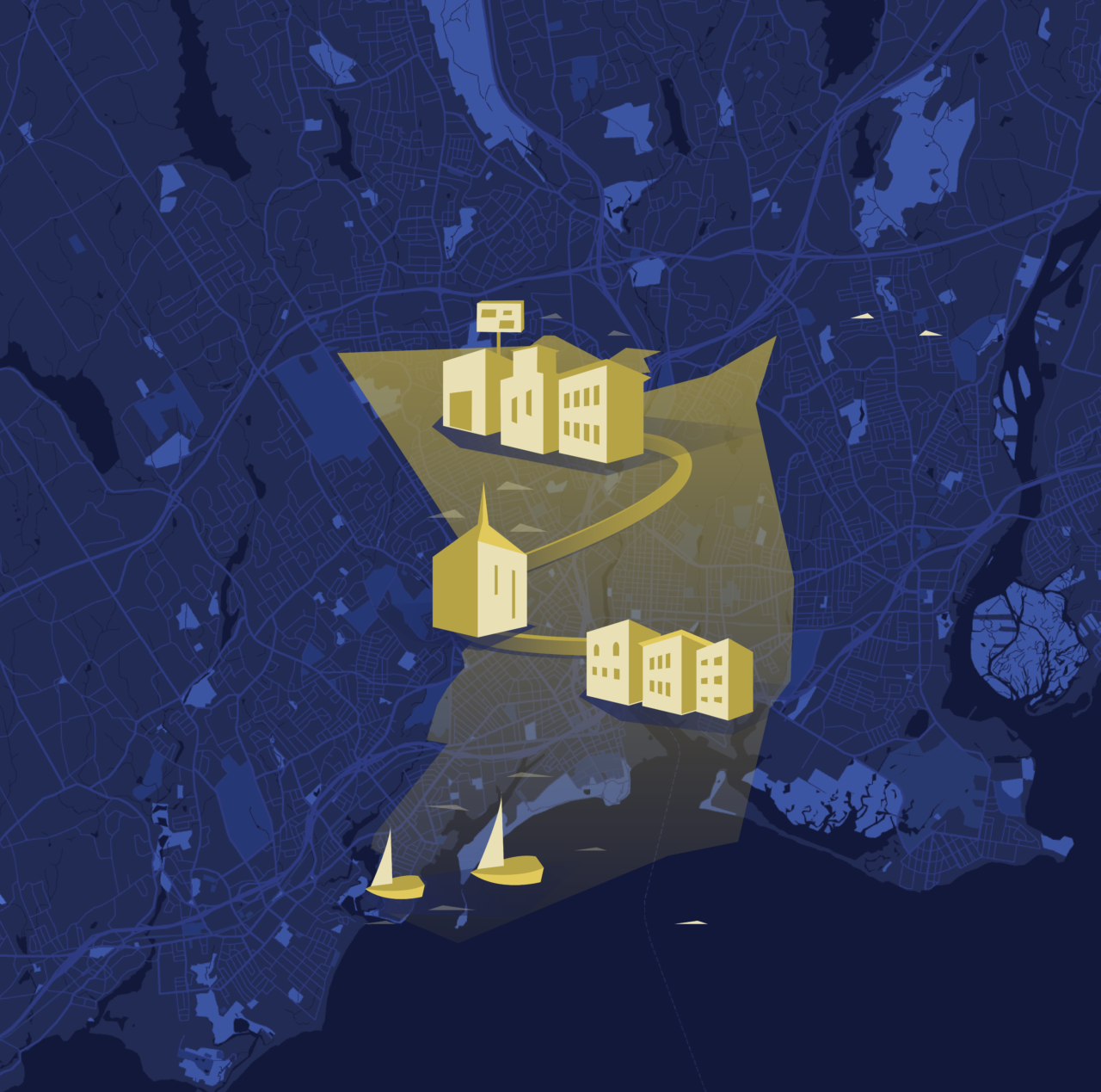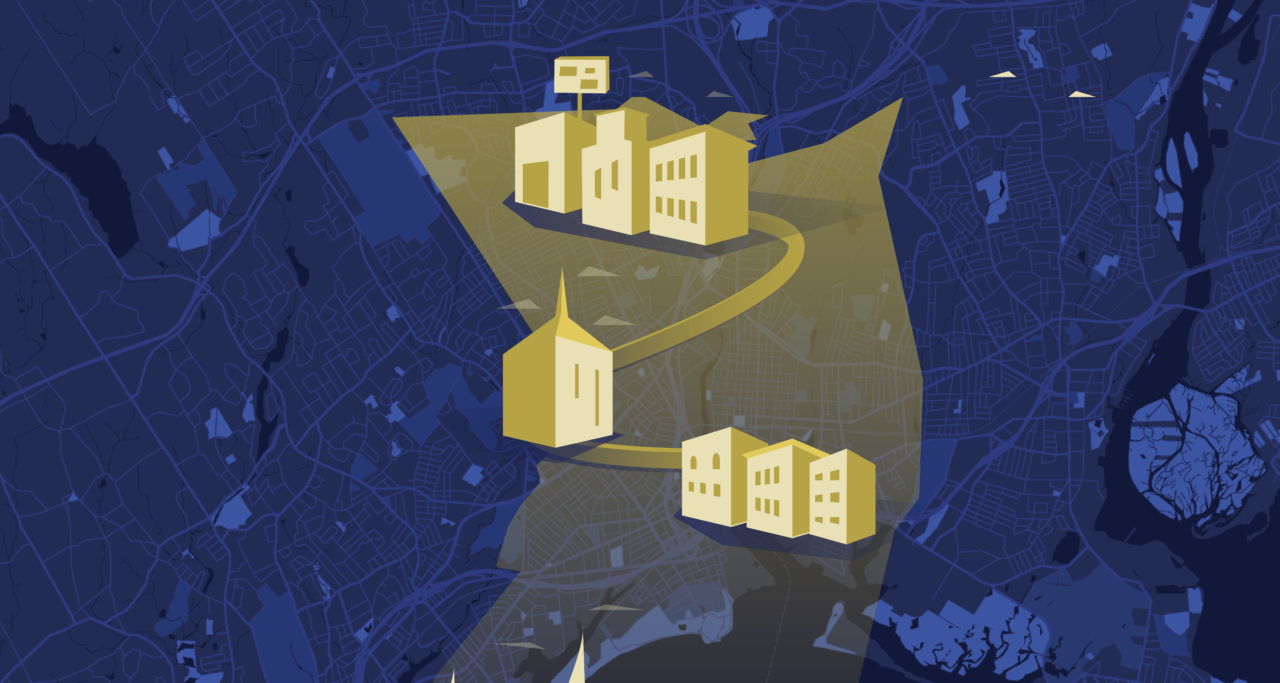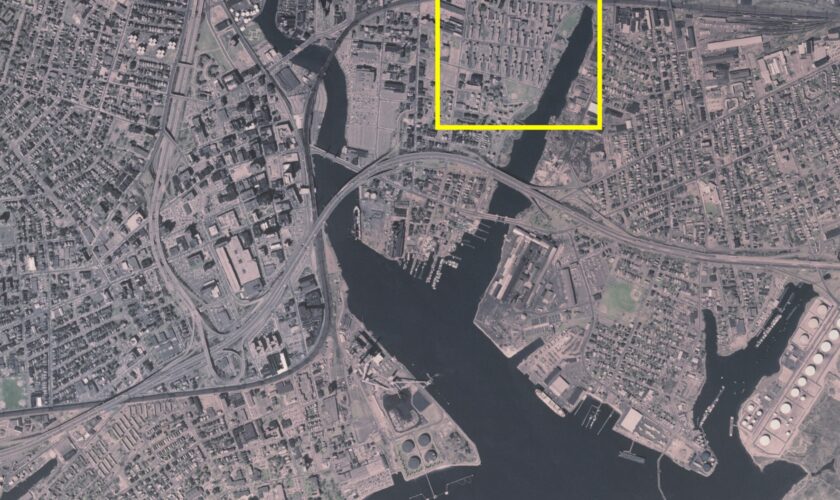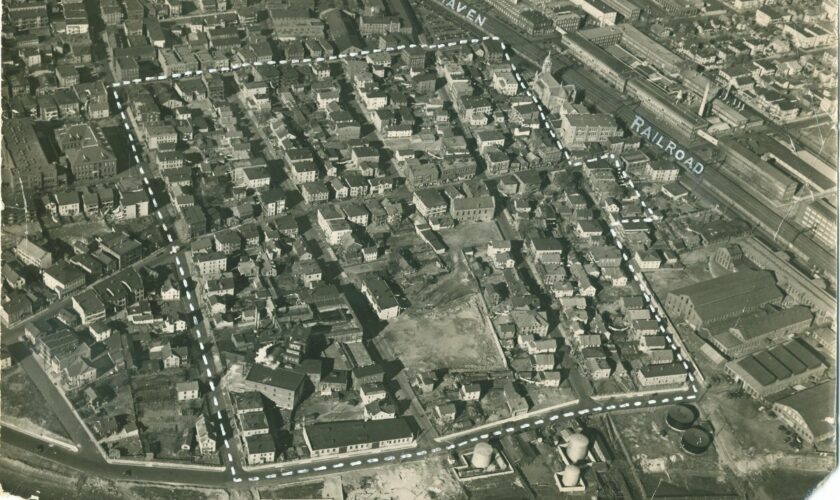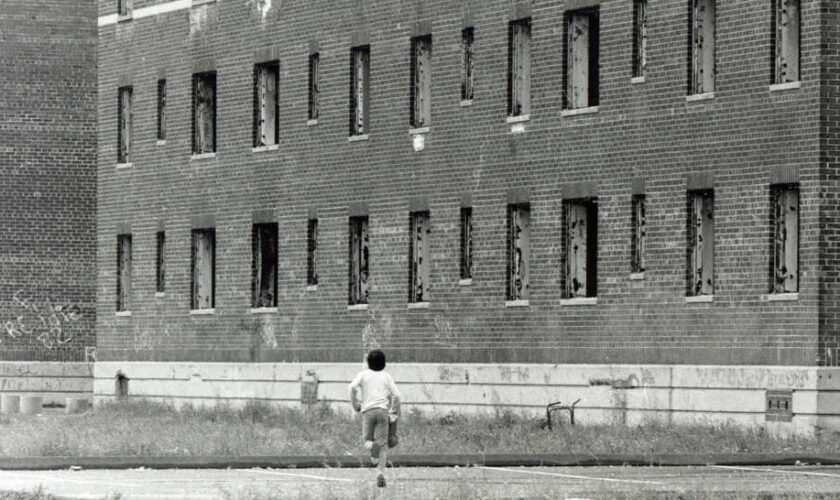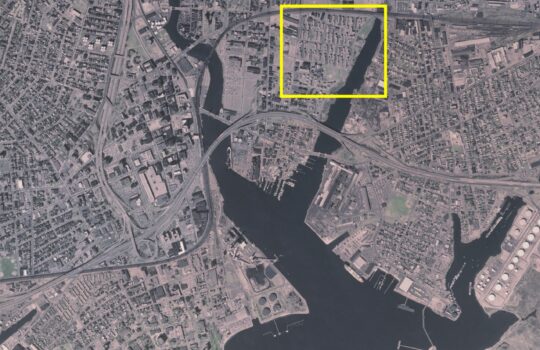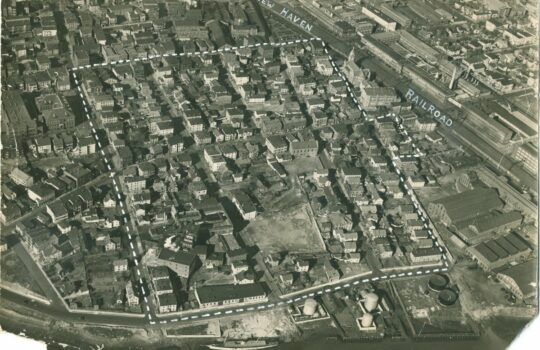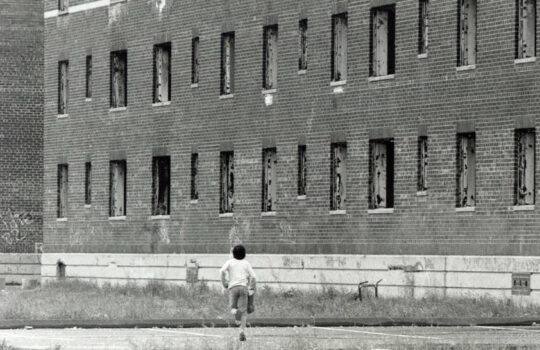Bridgeport
East Side, Bridgeport Starting in the late 1930s, local pastor Father Stephen Panik rallied the populations in one of the city’s most densely populated areas to demand livable and modern housing. However, the product of this activism would develop a housing development far further from its idealistic originations. As white families took on subsidized mortgages to access the suburbs, this created a major divide in class and race with regard to the composition of public housing as whites tended to avoid integrated public housing. Economic strife caused by deindustrialization, municipal disinvestment in the housing developments, and the growing association of public housing as a ‘ghetto’ produced the stigmatization of public housing residents. While tenant associations rose to demand and inspire action against the declining conditions, infestations, and crime, little action was done until non-violent direct action and appeals to the media achieved incremental goals. What was once a densely populated community became vacant land on which new development projects arose, like Crescent Crossings. New questions of relocation efforts, accessibility, and affordability have come out of these circumstances, which have all created a source of concern. How do we contend with realities that do match with the intentions of actions?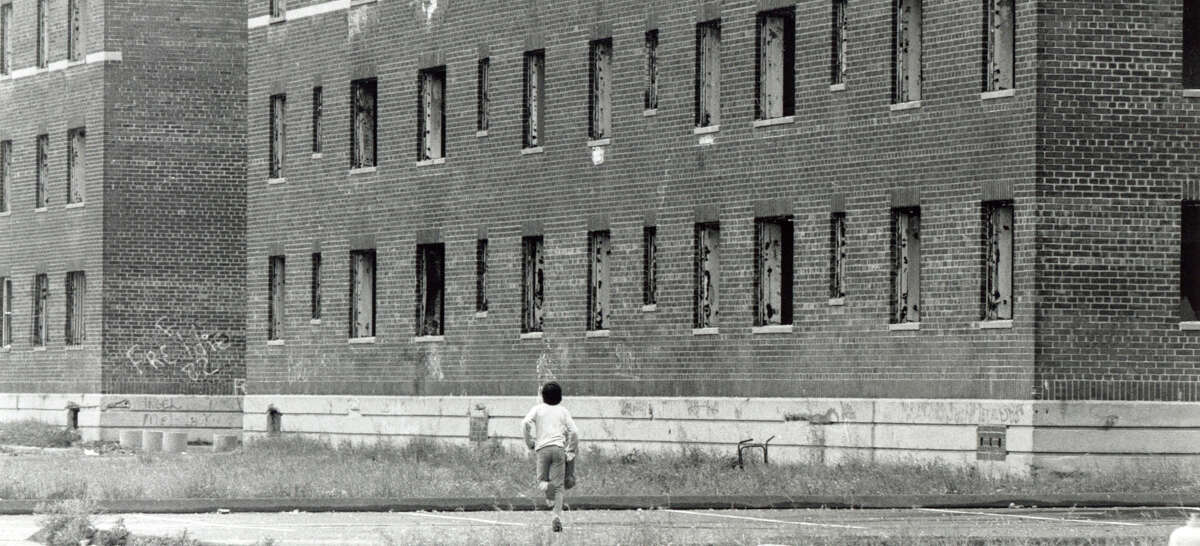
Along Hallett Street and MLK Jr. Drive
What
Impact
Why? Spatialized?
Provocations
Questions to Consider


Share Your Story
Help us gather more stories from this community and beyond. If you have a story or suggestion about this location, please leave a comment below.
NOTHING FOUND!



